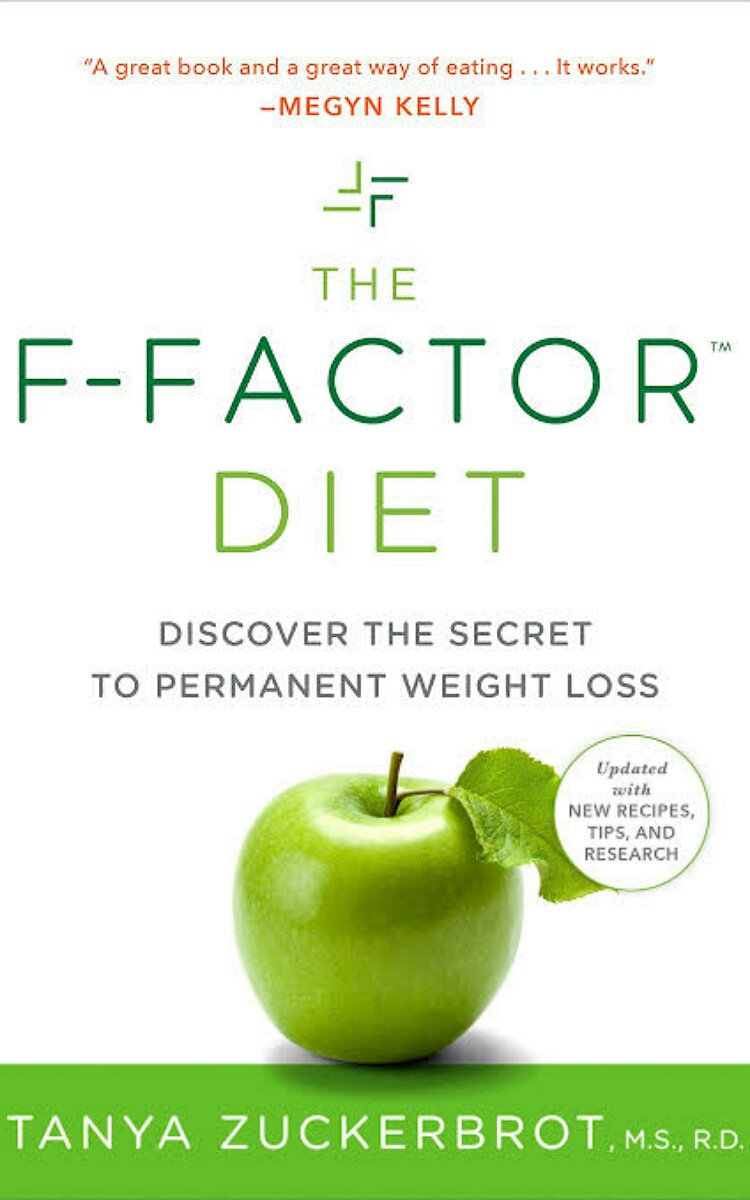The F-Factor diet is a controversial fad diet for weight loss. Its focus is on high fiber foods to fill but with low calories.
The F-Factor diet: controversy
Celebrity dietitian Tanya Zuckerbrot developed this F-Factor diet in the year 2006. It is a fad diet for weight loss. And the emphasis is on consumption of high fiber foods. The belief is that these foods make the dieter feel full. But they have low calories themselves. Hence there will be no weight gain. And the dieter will eat less of other foods too.

But this diet has run into a controversy in 2020. Social media influencer Emily Gellis Lande pointed out the potential dangers of this diet that is so popular amongst celebrities and the elite class of society. On her Instagram, Emily shared the terrible experiences of some people who followed this diet. These problems were noticeable after consuming the propriety bars and supplements of this diet.
Emily has herself never followed the diet. But she said that people (whose names she did not disclose) had side effects such as hair loss, rashes, disordered eating habits, amenorrhoea, and gut symptoms with the diet.
Tanya in an article in the New York Times denied the accusations. She labeled them as false and fabricated.
The diet details
In the diet name, F stands for fiber. Tanya stares that fiber has zero calories. It fills up a person without filling out. Shana Minei Spence, New York dietitian explains:
“There are two types of fiber,”
“There’s soluble fiber, [which] dissolves in water to form a gel-like material and is said to help lower blood cholesterol and glucose levels.”
Oats, psyllium, citrus fruits, apples, carrots, barley, peas, and beans contain it. This fills up. And the second is insoluble fiber that bulks the stools. This is in whole wheat, nuts, beans, and fibrous vegetables. Our body cannot break down fiber. Hence this too fills the stomach.

The diet asks people to track fiber intake and net carbs. The net carbs term is new and not properly defined. Tanya tells women to have 10 to 14 ounces of lean protein per day and says that men should take 20 to 27 ounces in a day. This is very high. The recommended values are 5 to 6 ounces for women and 6 to 7 for men in a day. It has three steps.
In step 1 dieters can take 1000 to 1200 calories and 35 grams in a day. It lasts two weeks. In step 2, the dieter can have 1247 to 1467 calories and high fiber. And in step 3, it is 1600 to 2000 calories with high fiber. Stress is on water in all three steps.
Confusion in the diet protocol
The diet talks of net carbs with no definition. It recommends very high intake of fiber, lean protein and fats and carbs. Moreover, it states that non-starchy vegetables have zero carbs!!! It does not count fats in poultry, beef, and milk.
It asks dieters to include high fiber foods like legumes, fruits, and non-starchy vegetables in their diet. Under these, it includes wheat and bulgur. Moreover, it has branded high fiber bars, biscuits, and supplements which should be taken with the foods. It asks dieters to avoid sugars and saturated fats.

And it allows moderate alcohol drinking. Las Vegas nutritionist, Leslie P. Schilling says:
“[F-Factor] looks like a diet my grandmother was on decades ago,”
“It’s just another low-calorie diet with a catchy name. It is not nutritionally sound because the total energy looks to fall below what most adults would need to eat in a day,”
“To put it in perspective, this calorie level, which appears to be a one-size-fits-all approach, looks to be lower than the calorie levels in the landmark starvation studies.”
Also, read What is bulletproof diet? Restrictive, expensive, risky, controversial!
You will lose weight but unhealthily and with side effects. Leslie adds:
“When I have a client that is hyperfocused on one particular nutrient, I will typically find out that they are lacking in other areas,”
“This seems particularly true when eating too much fiber. I like to tell my clients that they may feel full, but they are [not adequately] fed.”
But Tanya continues to defend her diet.
